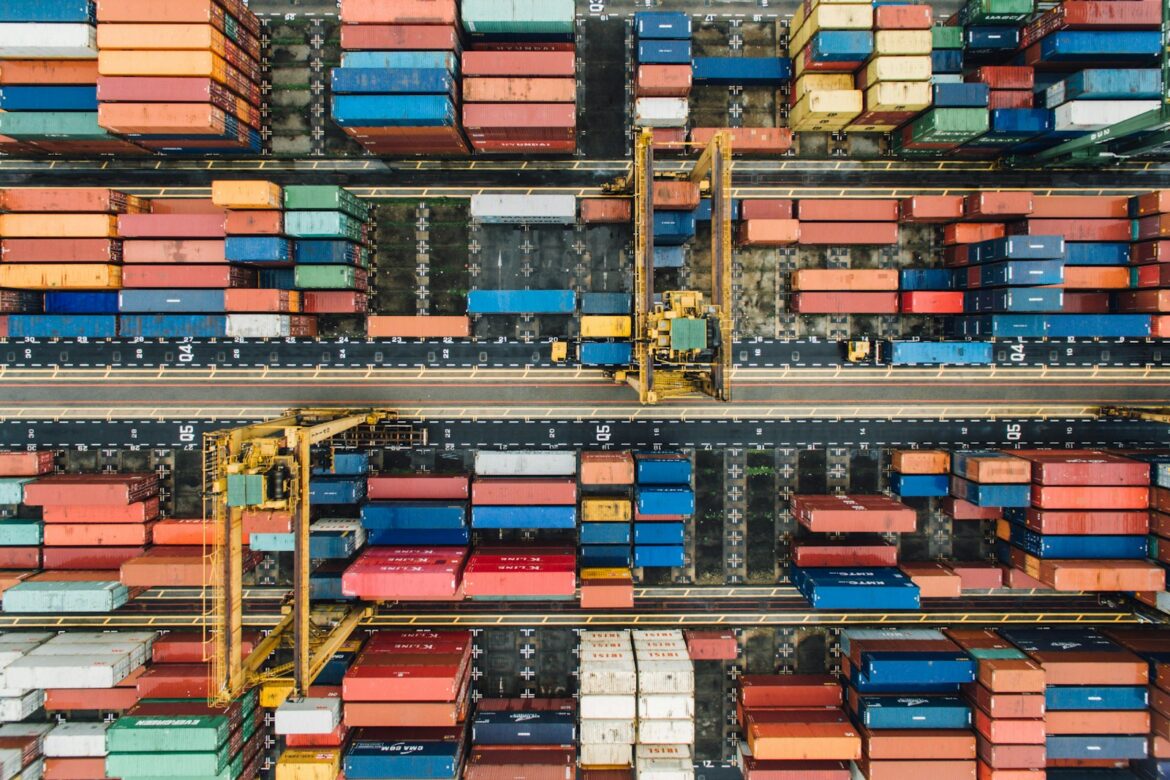The Essential Role of a Pipe Layer in Construction
In the world of construction, the role of a pipe layer is crucial yet often overlooked. Pipe layers, also known as pipefitters or pipelayers, are specialized workers responsible for installing and repairing pipelines that transport water, sewage, gas, and other fluids. This article delves into the responsibilities, skills, and career outlook for pipe layers, highlighting why their role is integral to infrastructure development.
Responsibilities of a Pipe Layer
Pipe layers are fundamental to the successful completion of any construction project that involves the installation of pipelines. Their core responsibilities include:
Site Preparation: Before laying pipes, pipe layers must prepare the site by digging trenches or excavations. This involves operating heavy machinery such as backhoes and trenchers to ensure the ground is properly excavated and leveled.
Pipe Installation: Pipe layers position and align pipes according to engineering plans and specifications. They ensure that pipes are correctly placed, connected, and secured. This often involves joining pipes using various techniques such as welding, soldering, or using mechanical fittings.
Testing and Inspection: After installation, pipe layers are responsible for testing the pipelines for leaks and ensuring they meet safety and quality standards. This may involve pressurizing the pipes and checking for any issues that need addressing before the system is put into service.
Repairs and Maintenance: Pipe layers also handle repairs and maintenance of existing pipelines. This includes identifying and fixing leaks, replacing damaged sections, and performing routine maintenance to ensure the pipelines remain in good condition.
Safety Compliance: Ensuring safety is a top priority in the pipe laying profession. Pipe layers must adhere to strict safety regulations and use personal protective equipment (PPE) to prevent accidents and injuries on the job site.
Skills and Qualifications
To excel as a pipe layer, certain skills and qualifications are essential:
Technical Skills: A deep understanding of pipeline systems, including how to read blueprints and technical diagrams, is crucial. Pipe layers must be proficient in the use of various tools and machinery required for pipe installation.
Physical Stamina: The job often involves heavy lifting, digging, and working in challenging conditions. Physical strength and endurance are important traits for a successful pipe layer.
Problem-Solving Abilities: Pipe layers need strong problem-solving skills to troubleshoot issues during installation and repair. This involves diagnosing problems and finding effective solutions quickly.
Attention to Detail: Precision is key in pipe laying to ensure that pipelines are installed correctly and function properly. Attention to detail helps in avoiding errors that could lead to costly repairs or safety hazards.
Communication Skills: Effective communication with team members, supervisors, and other stakeholders is necessary to ensure that projects are completed efficiently and according to specifications.
Education and Training
While a high school diploma or equivalent is often the minimum requirement, many pipe layers obtain vocational training or complete an apprenticeship program. These programs provide hands-on experience and technical knowledge, which are invaluable in the field. Certification from professional organizations may also enhance career prospects and demonstrate expertise to potential employers.
Career Outlook
The demand for pipe layers is closely tied to the construction and infrastructure sectors. As cities and towns continue to grow, the need for new pipelines and the maintenance of existing ones increases. According to the U.S. Bureau of Labor Statistics, employment for pipe layers is expected to grow at a steady pace, with opportunities in both residential and commercial construction projects.
Challenges and Rewards
The profession of a pipe layer comes with its set of challenges, including working in varying weather conditions and managing physical demands. However, the rewards include a satisfying career with the opportunity to contribute to essential infrastructure development. The role also offers a clear career path with opportunities for advancement into supervisory or specialized positions.
Conclusion
Pipe layers play a vital role in the construction and maintenance of pipelines, which are essential for modern infrastructure. Their work ensures the efficient and safe transport of fluids, contributing to the smooth functioning of communities. With the right skills, training, and dedication, a career as a pipe layer can be both fulfilling and stable, offering a significant contribution to the development of vital infrastructure systems.
For anyone considering a career in this field, understanding the responsibilities, skills, and career outlook can help in making an informed decision and preparing for a successful career as a pipe layer.

